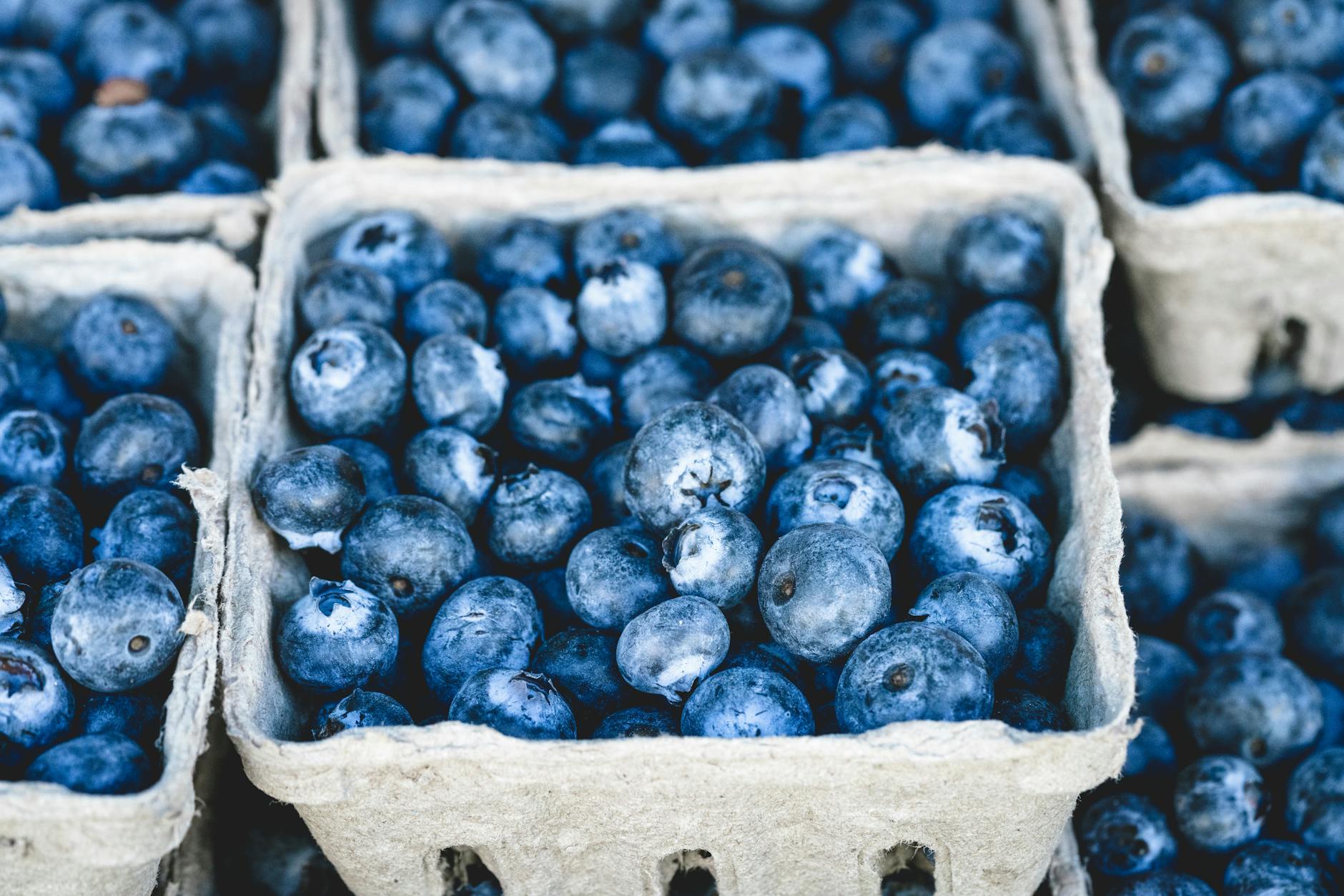Cannabis, once viewed through a simplistic lens, is now appreciated for its vast array of strains, each with unique qualities. As understanding and acceptance of cannabis has grown, so too has interest in different strains, their effects and potential uses. Cannabis strains can broadly be classified into three categories, namely sativa, indica, and hybrid, each with distinct characteristics and effects.
Sativa strains are renowned for their uplifting and energetic effect, making them ideal for social situations or creative pursuits. Sativa plants grow tall and have thin leaves, with a longer flowering cycle than their Indica counterparts. Sativas often have a high THC content, and are less likely to induce sleepiness than the more relaxing Indica strains.
On the other hand, Indica strains are typically associated with soothing and relaxing effects, which is why they’re often suggested for evening use. Indicas generally have a high CBD-to-THC ratio, distinguishing them from Sativas. Indica plants grow shorter and have broader leaves, making them suitable for indoor cultivation.
The complexity doesn’t end with the binary of sativa and indica; we have hybrid strains. These are a blend of Indica and Sativa. These strains are bred to combine desirable traits from both strains, and can lean towards either Indica or Sativa in terms of effects, or provide an evenly balanced experience.
While categorizing cannabis as Indica, Sativa, or Hybrid is certainly helpful, it doesn’t provide a complete picture. Enter terpenes. These are aromatic compounds found in many plants and are responsible for the distinct scent of different cannabis strains. But they’re not just for aroma; they also contribute to the therapeutic effects of cannabis.
For instance, the terpene Limonene, which has a citrusy aroma, may have mood-enhancing properties, while Pinene, with its strong woody, pine scent, may have memory-enhancing and anti-inflammatory effects. The aroma profile of a cannabis strain, influenced by its terpene composition, can help in choosing a strain suited to one’s preferences or needs.
The strain’s THC and CBD content is another significant consideration in cannabis selection. THC is the primary psychoactive compound in cannabis, while CBD does not produce a “high.” The CBD-to-THC ratio can significantly influence the strain effects, with high-THC strains typical for recreational use for their euphoric effects, while CBD-dominant strains are more associated with potential therapeutic uses.
Certain strains are recommended for specific medical uses. For instance, patients suffering from chronic pain or insomnia may benefit from the relaxing effects of an Indica strain high in CBD, such as Northern Lights. Meanwhile, someone battling depression may find the uplifting effects of a sativa strain like Jack Herer beneficial.
Despite their medical potential, it’s important to remember that many cannabis strains also hold a massive appeal for their recreational effects. The euphoria, increased creativity, and relaxed inhibitions associated with high-THC strains like Durban Poison or Maui Wowie can enhance a multitude of social settings.
In conclusion, the vast diversity of cannabis strains contributes to the plant’s versatile nature, with each strain holding a unique combination of characteristics and potential effects. Whether you’re seeking a certain taste, aroma, or effect — or are using it for its potential medical properties — understanding the differentiators between strains will help you make an informed decision.
Remember, always consult a healthcare provider when considering cannabis for therapeutic purposes. As with any substance, individual reactions can vary, and what works for one person might not work for another. Always prioritize safe, responsible usage.


